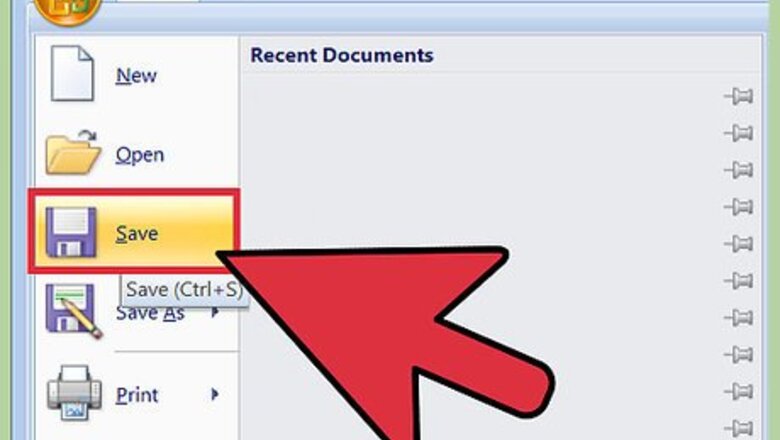
views
Editing the Registry
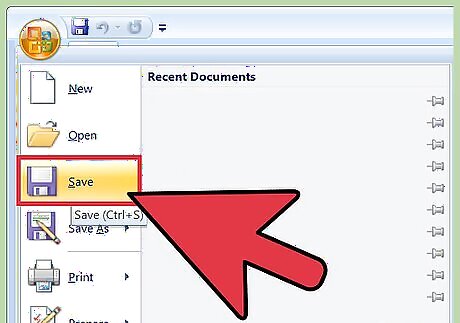
Save your work. Forcing a Blue Screen on your computer will cause you to lose any unsaved changes, therefore it is very important for you to save anything you were working on before continuing.

Search "regedit." To do this, go to Start and then enter it in the search bar without the quotation marks. If you have Windows XP, go to "Run," type "regedit," and then press "Enter."

Select the following path in the Registry Editor: HKEY_LOCAL_MACHINE\SYSTEM\CurrentControlSet\services\i8042prt\Parameters if you are using a PS/2 keyboard. If you are using a USB keyboard, select HKEY_LOCAL_MACHINE\SYSTEM\CurrentControlSet\Services\kbdhid\Parameters). You can tell whether you have a PS/2 or USB keyboard by looking at the plug that connects it to your computer. A PS/2 keyboard will have a round plug whereas a USB keyboard will have a rectangular plug.

Enter a new DWORD Value. You can do this by selecting "Edit" and then going to "New." Enter "CrashOnCtrlScroll" without the quotation marks and make sure the value below it is set to 1. Your default may already be set to this option.
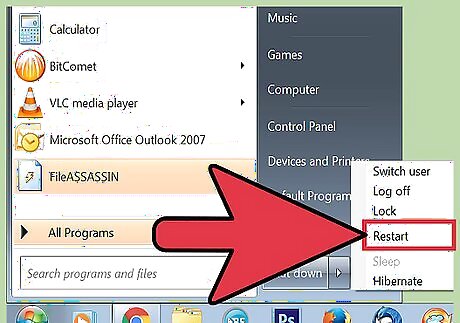
Reboot your computer. Close the Registry Editor and restart your computer in order for the changes to take effect.
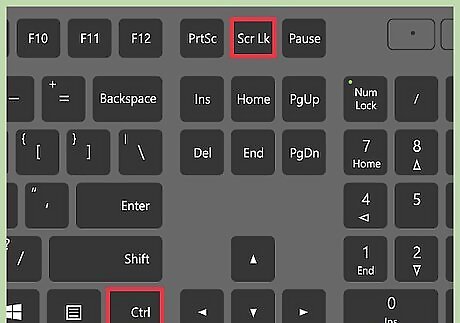
Force a Blue Screen. You can do this by holding down the furthest most right "Control" key then pressing the "Scroll Lock" key twice. Once this is completed, a blue screen should pop up. If you are using Windows 8 or later, the Blue Screen is slightly different. Rather than lines of code, Windows 8 (and later) presents you with a sad emoticon and an error message. This, however, is still the BSoD.
Task Manager
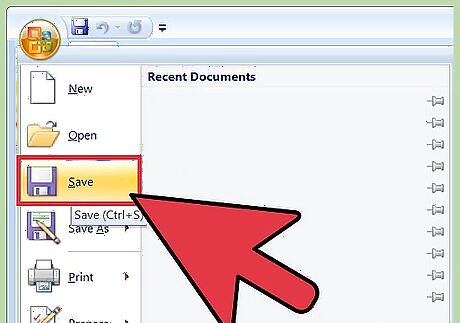
Save your work. Forcing a Blue Screen on your computer will cause you to lose any unsaved changes, therefore it is very important for you to save anything you were working on before continuing.
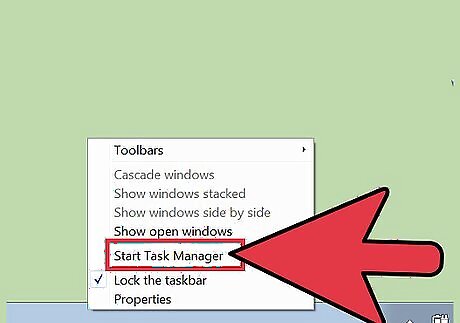
Open the Task Manager. This method will only work for Windows 8 and lower. You can open Task Manager by right-clicking on the taskbar at the bottom of your screen and finding "Start Task Manager" in the drop down menu that appears.
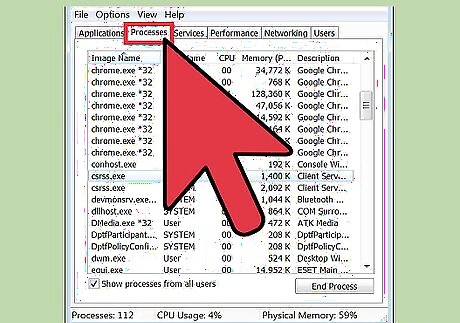
Select the "Details" tab. If you are prompted for an administrator password, enter the password and click OK.
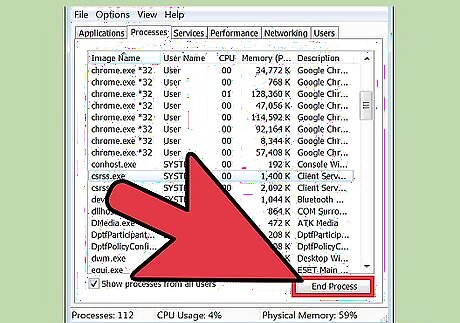
Select wininit.exe. Once you have done so, select "End Task." (be sure you press processes from all users)
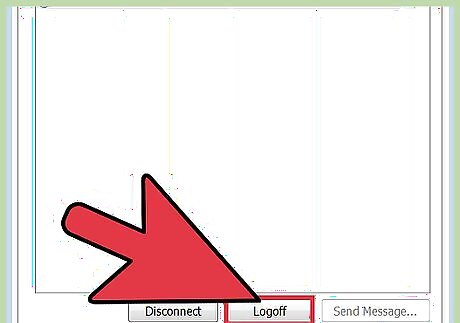
Wait for a dialog box to appear. In this dialog box, tick the box next to "Abandon unsaved data and shut down" and click "Shut Down."

Enjoy your blue screen! You can get rid of the blue screen by restarting your computer.
PowerShell
Save your work. Forcing a Blue Screen on your computer will cause you to lose any unsaved changes, therefore it is very important for you to save anything you were working on before continuing.
Run PowerShell as An Administrator
Wait for it to load and type "wininit" and hit enter.

Enjoy your blue screen! You can get rid of the blue screen by restarting your computer.




















Comments
0 comment